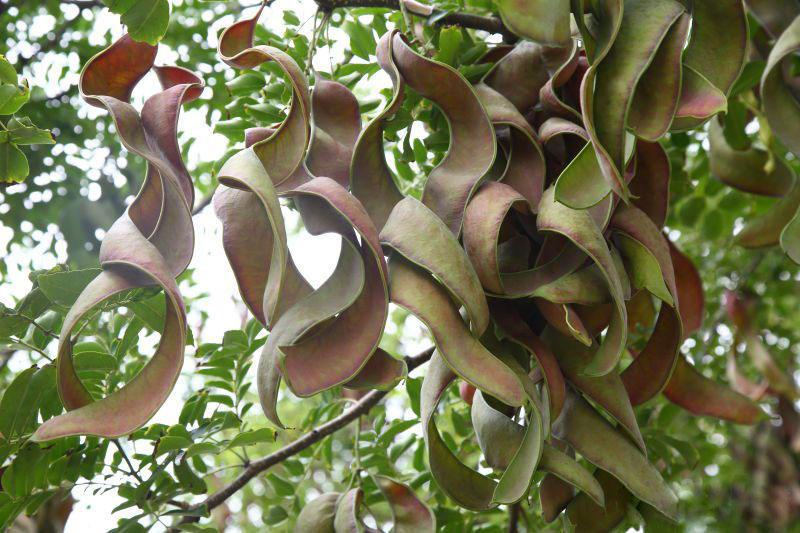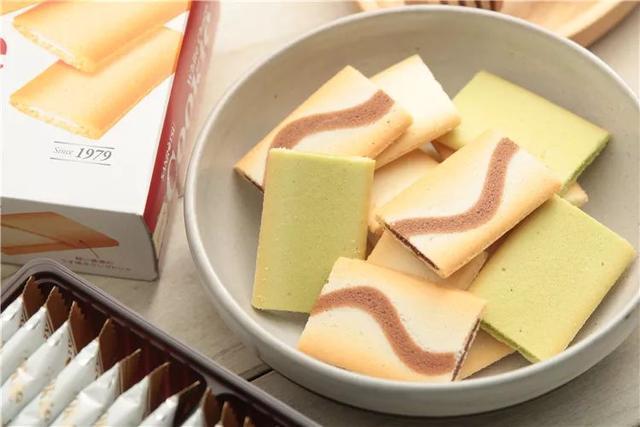Light and shadow. East and west

Brief introduction of the author: Hualuo in Chunshan, Hangzhou, Zhejiang Province. The graduate student of Zhejiang University is studying. Lovers of flowers and trees.
Monet's water lily is one of my favorite oil paintings.
Claude Monet,The Water Lilies-The Clouds, 1920, 1926, Musi é e de l "Orangerie [1]
Paris Orange Garden gallery Musi é e de l "Orangerie floor, two round exhibition halls, each with three rectangular water lilies.
Muse de l "Orangerie-plan | Orange Garden gallery-Exhibition arrangement [2]
Muse de L "Orangerie-Water Lilies Room | Orange Garden gallery-Nymphae Room [2]
Wide glass, the sun moves with time, between the changes of light and shadow, what remains unchanged is the charm of water lilies.
Tourists will stand next to the painting to take pictures, and their mobile phones and camera opportunities will leave beautiful images of "water lilies", but more often, people who come to the gallery of Orange Garden will sit on the seats in the exhibition hall and stare silently at the water lilies not far away. watch her bloom with time and the shadow of the sun.
Claude Monet,Le Bassin aux nymph é as, harmooie verte, Mou é e d "Orsay
Monet, pond water lilies-harmonious green, Orsay Museum, double-click the picture to see the big picture
Nymphaea tetragona water lily family, English name Water Lily-water lily.
A botanical description of water lilies does not seem to be necessary-we can always recognize water lilies at a glance, and it is easy to distinguish them from lotus flowers.
Last year, there was a comment in "Twelve Flowers": "…" In addition, the artistic conception of water lilies is also very different from that of lotus flowers. Thinking about Monet's water lilies is a completely different feeling. "
Yes, Monet's water lilies have a completely different feeling from the lotus in ancient paintings.
People who have a careful observation of life, people who love flowers and plants, can always easily detect this different feeling.
Water lilies are widely distributed in temperate and tropical zones. The flowers are large, beautiful, colorful and very ornamental. As early as the middle of the 19th century, the West carried out the hybrid breeding of water lilies: in 1851, the British Joseph Paxton bred the first hybrid variety of water lilies' Devoniensis'. However, water lily breeding in China started relatively late, and it was not until the end of the 20th century that the Wuhan Botanical Garden Section of the Chinese Academy of Sciences filled the gap in domestic water lily breeding.
Up to now, more than 120 cold-tolerant and 60 tropical water lily varieties have been selected in China. From this point of view, there must be more varieties of water lilies in the West.
The plants of the genus Nymphae in the Nymphaeaceae are known as the "Queen of Aquatic Plants" of aquatic plants.
In the Royal Botanical Gardens, there is a water lily greenhouse Waterlily House.
Nymphaea'Kew's Stowaway Blues' | Kew stowaway Blue
Nymphaea'Kew's Kabuki' | Kew Kabuki
Nymphaea georginae | Georgina River water lilies (the subgenus Australian water lilies are widely distributed in the Georgina River, Queensland, Australia)
Nymphaea atrans | White petals of black water lilies (subgenus Nymphaea). The tip of the outer wheel is blue and changes to dark pink after a few days. [4]
Nymphaea'Albert Greenberg' | Albert Greenberg (cultivated by Berdsey in 1967; characteristics: tall inflorescence, no fetal sprouting, cultivated for ornamental)
Nymphaea'Thongsook' | Tropical water lilies (Slearmlarp Wasuwat breeding, published in 1999 [5])
The water lily greenhouse in the Royal Botanical Gardens is not large, and the variety of water lilies on display only highlights the rich color changes of water lilies.
In fact, according to the adaptability to climate, tropical water lilies (tropical waterlily) and hardy water lilies (hardy waterlily) can be divided into tropical water lilies (day-blooming waterlily) and night flowering water lilies (night-blooming waterlily).
I'd like to see the blooming water lily subgroup at night.
Nymphaea'Antares' | Tropical nocturnal water lily subpopulation (cultivated by Patrick Nutt, introduced in 1974 [6])
If Monet's water lilies vividly depict the charm of water lilies in the changing light and shadow, the Chinese and English names of water lilies convey the different images of water lilies in Eastern and Western cultures.
Diana Wells wrote in 100 Flowers and How They Got Their Names: "Water lilies are said to be edible; according to Herodotus (Greek historian, circa 485 BC-about 425 BC), the roots of water lilies taste 'quite sweet'. The ancient Greeks believed that water lilies had anti-aphrodisiac properties, while in the Middle Ages, nuns and monks mixed the above ground parts of water lilies with honey to maintain their chastity (the formula is now unknown). "
"Today, water lilies are not eaten and may not be used to make drugs. But the miracle of growing pure flowers from the muddy waters of a muddy pond is as powerful as ever. "
Through Diana Wells's description, we may know why water lilies are called "lilies in the water" in the West.
Purity is the key word.
Nymphaea'Crystal' | Crystal (nurtured by Don Bryne, launched in 1994 [7])
But in ancient China, water lilies did not attract much attention.
In an interview with Xinmin Evening News, Professor Huang Guozhen, the father of Chinese water lilies and selected into the World Water Lily Hall of Fame, answered two questions from Xinmin Evening News: why are there no written records of water lilies in Chinese literary and artistic works of the past? Which countries and regions have a long history of water lily utilization? [8]
From Mr. Huang's answer, we can feel more clearly the differences and differences between water lilies in the East and the West.
A: because there are not many water lilies distributed in China. At present, there are three kinds of primary distribution of water lilies in our country, of which two kinds of large and colorful flowers are only distributed in northern Xinjiang and the southern tip of Hainan Island, which belong to remote areas in history, with few people and few people to see them. However, the water lilies distributed in the mainland are small and light, which is naturally difficult to attract attention compared with the large and colorful lotus flowers.
A: Egypt has a long history of integrating water lilies into human civilization. As we all know, water lilies are the national flower of Egypt. In a village on the banks of the Nile, water lilies are found in a mural painted between 3000 BC and 2500 BC. In ancient Egypt, water lilies were widely used not only in religious ceremonies, or in offering flowers to the dead and altars, but also in the social interaction of aristocrats. In addition, water lilies are often used as food and produce a variety of artistic patterns and craft ornaments.
Nymphaea'Suwanna' | Susanna (nurtured by Kanchana Kokhakanin, launched in 2007 [9])
It can be inferred that the Chinese name "sleeping" reflects the plant characteristics of water lilies: water lilies like strong light and are particularly sensitive to sunlight. The rising sun calls for sleeping "beauties". The outer side of the lotus petal exposed to the sun grows slower than the inside, and the lotus petal begins to bloom; when the strong light is illuminated at noon, the outer petal grows faster, and the water lily begins to close. The water lilies that bloom at night are just the opposite, but their internal mechanism and environmental effects have not been clarified. [10]
The word "lotus" reflects the appearance characteristics of water lilies: the flowers are shaped like lotus.
Nymphaea'Forget-Me-Not' | forget-me-not (Garet Uemura nurtured, launched in 2004 [11])
Nymphaea atrans in the water lily greenhouse of the Royal Botanical Gardens. Black water lilies are unique lotus flowers.
Although the shape is "unique lotus", the oriental cultural heritage, water lilies are not like lotus at all. The ancient poems about lotus are like a sea of smoke, and there are countless famous works, while beautiful works about water lilies are surprisingly hard to find. It is really regrettable and quite regrettable.
Different cultural backgrounds of the East and the West give different names to water lilies in their respective contexts. But the same is the amazing beauty of water lilies.
Even if the light and shadow flow, the charm is still amazing.
Water Lilies (Monet series)-WIKIPEDIA
[2] Mou é e de l "Orangerie-WIKIPEDIA
Liu Yiman, Slearmlarp Wasuwat, Ke Weidong, et al. Investigation report of Thai water lilies, China Horticultural Abstracts, 2009, 25 (3): 120,124.
[4] Nymphaea atrans- International Waterlily Collection (IWC)
Nymphaea'Thongsook'-International Waterlily Collection (IWC)
[6] Nymphaea'Antares'-International Waterlily Collection (IWC)
[7] Nymphaea'Crystal'-International Waterlily Collection (IWC)
[8] Mao Xiaohua. The father of Chinese water lilies tells about the past and present lives of water lilies. Xinmin Evening News, page B 16, July 11, 2014.
[9] Nymphaea'Suwanna'-International Waterlily Collection (IWC)
Huang Guozhen, the father of Chinese water lilies, interprets the mysteries of water lilies. Xinmin Evening News, page B 16, July 4, 2014.
[11] Nymphaea'Forget-Me-Not' International Waterlily Collection (IWC)
Text: spring Mountain Flowers fall
Picture: Chunshan Hualuo / International Waterlily Collection (IWC)
This work is licensed under the (CC BY-NC-ND 4. 0) license agreement. Please retain this statement when reprinting.
IPhone users can reward the author with the QR code below
- Prev

The yellow rice on the thorn tree is rare and nutritious, but farmers are afraid of it.
In our impression, rice and wheat are grown on the ground, but today we want to talk about a kind of "rice" that grows on thorn trees. Some old farmers were happy when they heard the word "rice" on the trees. After planting rice for so many years, it was really...
- Next

Japanese Sanli chocolate sandwich biscuits that must be stored in foodie are light, crispy, healthy and nutritious
Today's recommendation for foodie is Sanli Dasses cookie sandwich cookies, translated into Chinese into Yunna. French name is langue de chat, biscuits are very light, very thin, melt in the mouth, the raw materials added to the white.
Related
- Wuhan Hospital Iron Tree Blooming Result Was Instantly Frightened by the Gardener Master
- Which variety of camellia is the most fragrant and best? Which one do you like best?
- What is the small blue coat, the breeding methods and matters needing attention of the succulent plant
- Dormancy time and maintenance management of succulent plants during dormancy
- Minas succulent how to raise, Minas succulent plant pictures
- What are the varieties of winter succulent plants
- How to raise succulent plants in twelve rolls? let's take a look at some experience of breeding twelve rolls.
- Attention should be paid to water control for succulent plants during dormant period (winter and summer)
- Watering experience of twelve rolls of succulent plants
- Techniques for fertilizing succulent plants. An article will let you know how to fertilize succulent plants.

